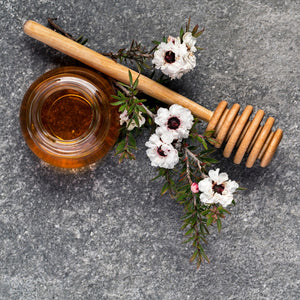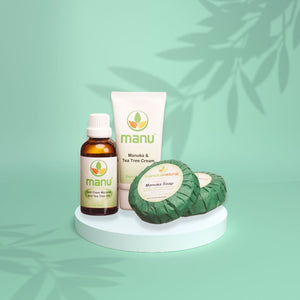Healing properties of Shea butter for eczema and dermatitis
The use of shea butter in cosmetics dates back to the time of Cleopatra in Egypt, it has wonderful moisturizing properties and is used throughout the skin care industry for its anti-inflammatory, emollient and humectant properties.
Shea butter comes from the nuts of the Karite tree in Africa. Historically the nuts were crushed and boiled through a process which includes the addition of water to bring the resulting butter to the surface where it is re-boiled to eliminate the water content and to purify the butter. Today the most common process is cold pressing and then refining by boiling. Most shea butter is boiled in water which is best although some is refined by solvent extraction and this form of shea butter is inferior and should not be used in cosmetics.
Shea butter is an excellent skin rejuvenating ingredient because it contains high levels of fatty acids; oleic, stearic, linoleic, palmetic and linolenic acids which are all vital to the skins nutrition.
Seed oils can be divided into two fractions; the moisturizing fraction and the healing fraction and shea butter is very high in the healing fraction because it contains the fatty acids mentioned above and high levels of vitamin A.
These properties make Shea butter ideal for inclusion in skin creams able to treat conditions like eczema and seborrheic dermatitis and when combined with antimicrobial Manuka UMF honey it can provide a very effective natural solution for these conditions.
Shea butter comes from the karate tree which has been referred to as the “tree of life” in Africa
“The moisturizers present in shea butter are some of the same moisturizers that the sebaceous glands produce," says Jody Levine, M.D., clinical instructor of dermatology at Mount Sinai School of Medicine in New York City.
Shea butter is full of nutrients, including vitamin A, which has many healing properties and has been known to aid in treating blemishes, wrinkles, eczema and dermatitis, as well as burns and even stretch marks, so it is a key ingredient in Manuka Natural Manuka honey cream.


